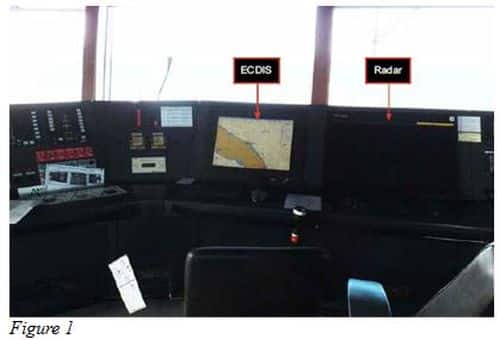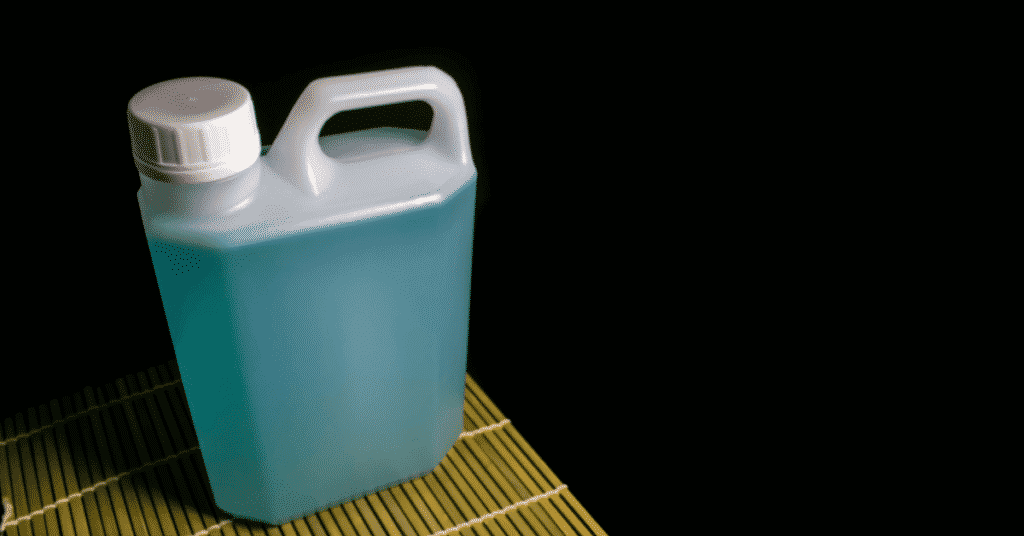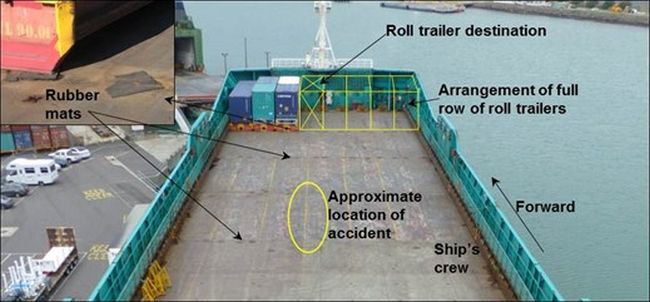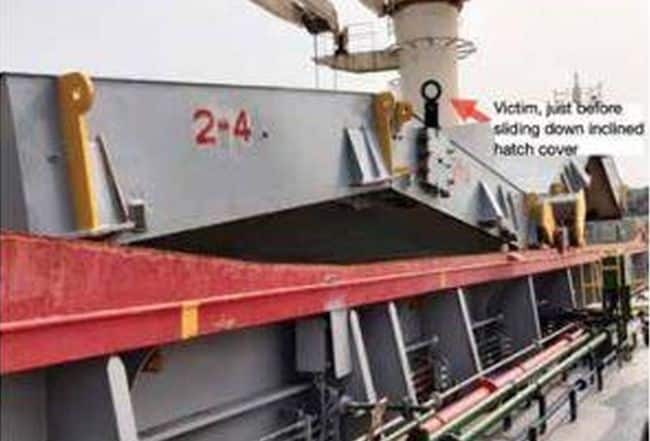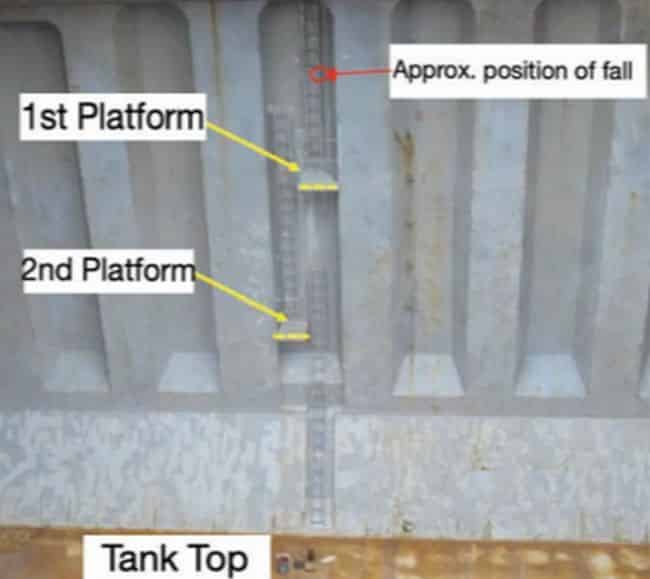Report: Damage Stability Study
The issue of stability, and especially damage stability of passenger ships, has been frequently re-visited. This has been so, not due to the number of associated accidents, but due to the consequences that these accidents can have.
Currently, in the EU, new passenger ships must comply with SOLAS2009, while ro-ro passenger ships also need to comply with the Stockholm Agreement. Both UoS and HSVA studies commissioned by EMSA, and also other projects such asMCA RP592 and MCA RP592 among others, have focused their work on the damage stability standard set by SOLAS2009. It is generally accepted that the probabilistic approach is a useful tool to objectively estimate the damage stability properties of a specific vessel.
Some of the previous studies (UoS, GOALDS) concluded that an increase in the Required Subdivision Index ‘R’ would be a suitable solution for the existing damage stability weakness concerning passenger ships and ro-ro passenger ships. Following the first discussions held at IMO, it appears that the ‘R’ is now a central issue.
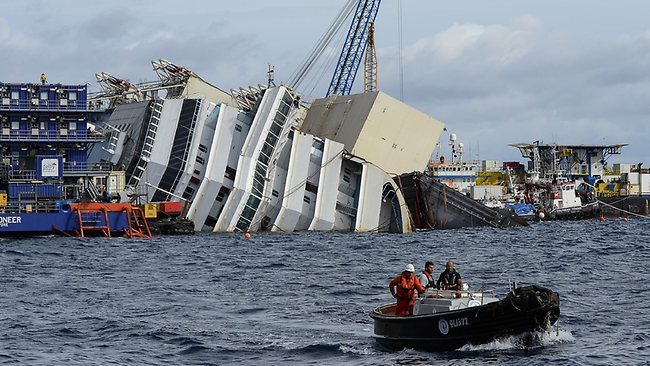
Despite the extensive work already done, doubts have been expressed on one hand regarding the feasibility of the application of a high ‘R’ and, on the other hand, as to whether the safety level implied by ‘R’ is adequate.
It has notably been questioned whether large raking damages of the likes of the Costa Concordia are taken into consideration, whether better design solutions can be adopted with regard to watertight doors, or even whether any of these measures can be applied to existing passenger ships.
In view of all the pending questions and the possible consequences of the on-going debates, the European Commission requested EMSA to initiate a new study to fill in the recognised knowledge gaps.
Main information
The study is separated into 6 sub-studies:
- Identification and evaluation of risk acceptance and cost-benefit criteria and application to risk based collision damage stability;
- Evaluation of risk from watertight doors and risk based mitigating measures;
- Evaluation of raking damages due to groundings and possible amendments to the damage stability framework;
- Assessment of cost effectiveness or previous parts, FSA compilation and recommendations for decision making;
- Impact assessment compilation;
- Updating of the results obtained from the GOALDS project according to the latest development in IMO.
The study is managed by DNV-GL and is established as a joint project which includes the major European shipyards/designers, operators, universities, research institutes and software manufacturer. The project had its kick off meeting in November 2013 and is expected to be completed by the end of 2015.
EMSA3 – Groundings Task – Interim Report.pdf
Reference: emsa.europa.eu
Do you have info to share with us ? Suggest a correction
About Author
Marine Insight News Network is a premier source for up-to-date, comprehensive, and insightful coverage of the maritime industry. Dedicated to offering the latest news, trends, and analyses in shipping, marine technology, regulations, and global maritime affairs, Marine Insight News Network prides itself on delivering accurate, engaging, and relevant information.

About Author
Marine Insight News Network is a premier source for up-to-date, comprehensive, and insightful coverage of the maritime industry. Dedicated to offering the latest news, trends, and analyses in shipping, marine technology, regulations, and global maritime affairs, Marine Insight News Network prides itself on delivering accurate, engaging, and relevant information.
- Real Life Incident: Vessel Collision in Good Visibility
- Real Life Incident: Severe Injury To Deck Crew While Leaving Berth
- Real Life Incident: Departure Damage in Very Restricted Waterway
- Real Life Incident: Low Situational Awareness Has High Impact Consequence
- Real Life Incident: Fouled Anchor in a Designated Anchorage
- Real Life Incident: Fire On Barge Carrying Scrap Metal Causes $7 Million Worth Of Damage
Latest Case studies Articles You Would Like:
Subscribe To Our Newsletters
By subscribing, you agree to our Privacy Policy and may receive occasional deal communications; you can unsubscribe anytime.










